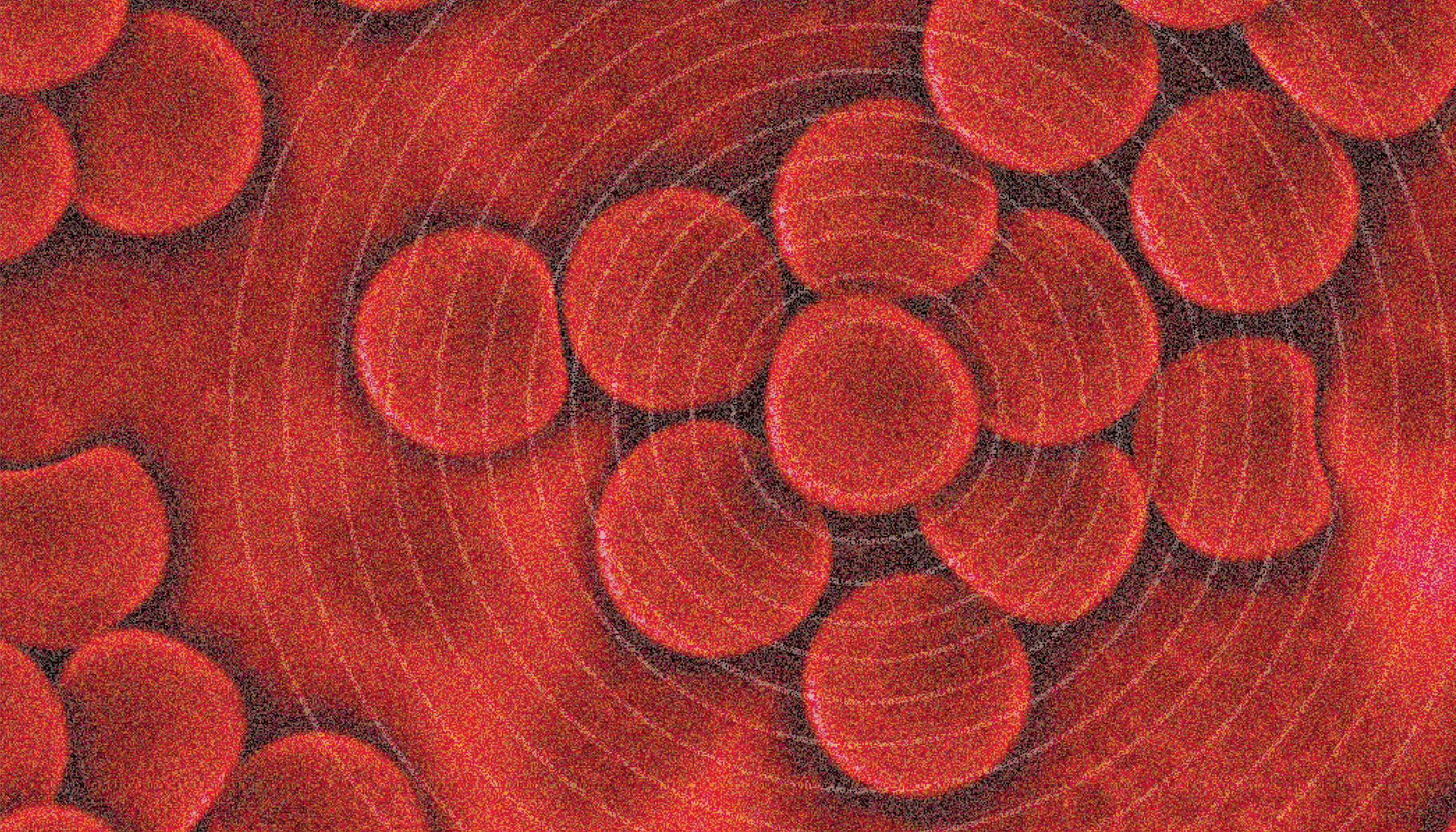Ever-increasing knowledge of the molecular mechanisms underlying cancer are supercharging the development of improved diagnostic tools. Capitalizing on this knowledge, surface-enhanced Raman scattering (SERS) has demonstrated utility in the liquid biopsy of gastrointestinal tumors. “Replacing endoscopy with a non-invasive liquid strategy could tremendously improve gastrointestinal tumor diagnosis by sparing patients this unpleasant procedure,” says Vlad Moisiou – a spectroscopist investigating the approach.
Other advantages? “The ease with which it could be implemented as a screening strategy in clinics and large population studies,” says Moisiou. But how do they do it? By mixing patient serum with metal nanoparticle colloidal solution, adding ions (in this case Ca2+ and Cl-) to amplify the signal, and applying SERS. “Our efforts bridge the gap between mechanistic insights into physical processes behind SERS and clinical applications,” Moisiou adds. Moving forward, the team hopes to advance their approach to a standard technique for application in hospitals and beyond.

References
- L Avram et al., J Clin Med, 13, E212. DOI: 10.3390/jcm9010212
